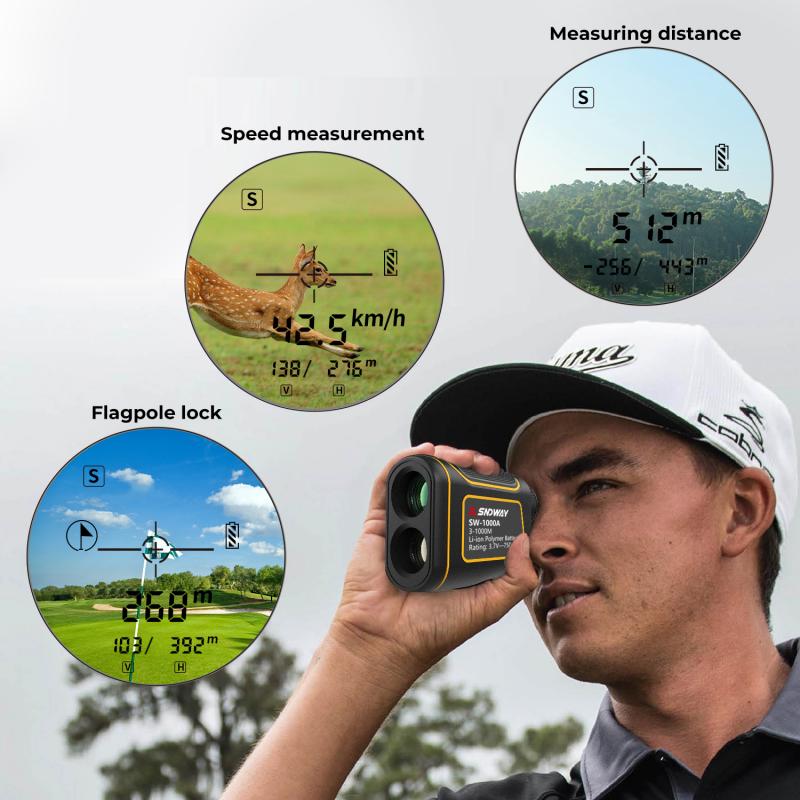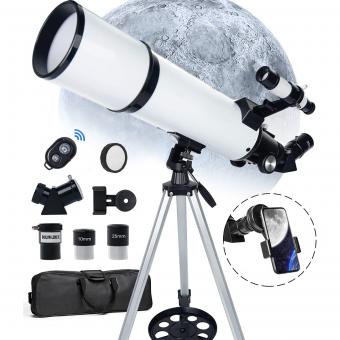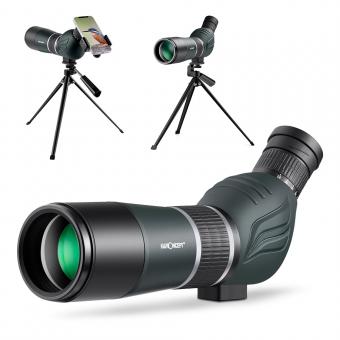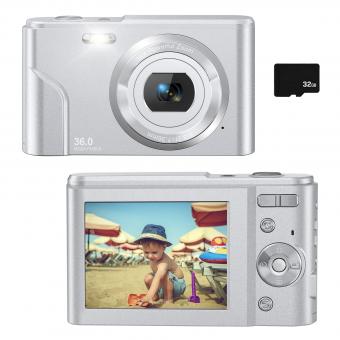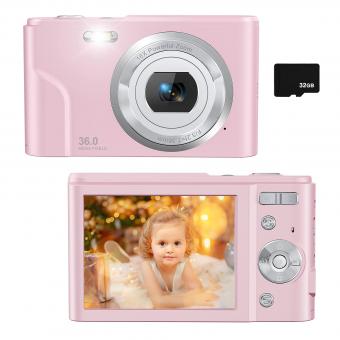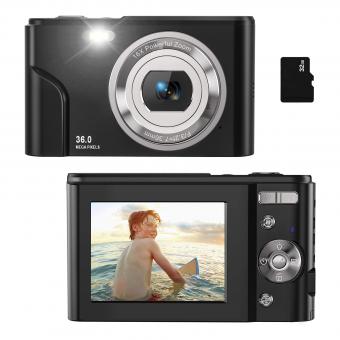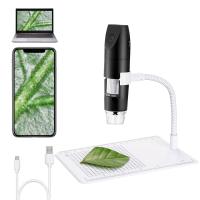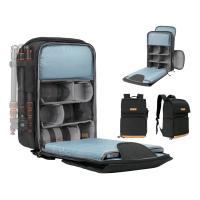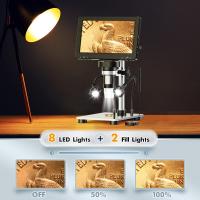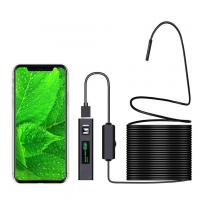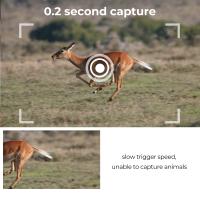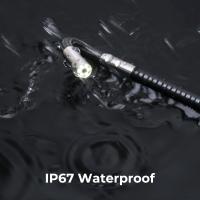What Is The Best Zoom For A Telescope ?
The best zoom for a telescope depends on the specific telescope and the intended use. Generally, a zoom eyepiece with a focal length range of 8mm to 24mm is a good choice for most telescopes. This range provides a good balance between magnification and field of view. However, it is important to note that zoom eyepieces may not provide the same level of image quality as fixed focal length eyepieces. Additionally, the maximum useful magnification of a telescope is determined by its aperture, so it is important to choose a zoom eyepiece that does not exceed this limit. Ultimately, the best zoom for a telescope will depend on the individual's preferences and needs.
1、 Optical Zoom: Determined by the telescope's focal length and eyepiece combination.
What is the best zoom for a telescope? The answer to this question depends on what you want to observe and the type of telescope you have. There are two types of zooms for telescopes: optical zoom and digital zoom.
Optical zoom is determined by the telescope's focal length and eyepiece combination. The focal length is the distance between the telescope's primary lens or mirror and the point where the image is formed. The eyepiece is the lens that magnifies the image formed by the telescope. The higher the focal length and the lower the eyepiece's number, the higher the magnification. However, higher magnification also means a narrower field of view and lower image brightness.
The latest point of view is that the best zoom for a telescope is the one that provides the best balance between magnification, field of view, and image brightness. It is recommended to start with a low magnification and gradually increase it until you find the best balance for your observation. Also, keep in mind that the atmospheric conditions, such as turbulence and light pollution, can affect the image quality and limit the maximum useful magnification.
In conclusion, the best zoom for a telescope depends on the observation goals and the telescope's specifications. Optical zoom is determined by the focal length and eyepiece combination, and the best balance between magnification, field of view, and image brightness should be sought.
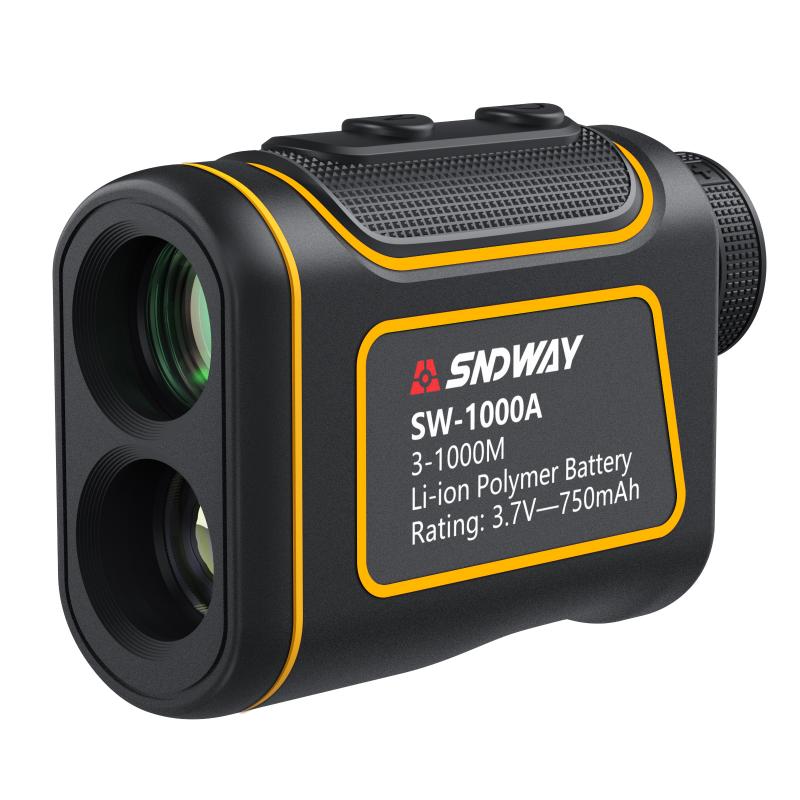
2、 Digital Zoom: Utilizes image processing to magnify the captured view.
What is the best zoom for a telescope? The answer to this question depends on the type of telescope and the intended use. Generally, telescopes come with different eyepieces that offer varying levels of magnification. The best zoom for a telescope is the one that provides the clearest and sharpest image of the object being observed.
In recent years, digital zoom has become increasingly popular among telescope enthusiasts. Digital zoom utilizes image processing to magnify the captured view. This type of zoom is particularly useful for astrophotography, where the goal is to capture detailed images of celestial objects. Digital zoom allows for greater flexibility in capturing images, as it can be adjusted to provide the desired level of magnification.
However, it is important to note that digital zoom does not provide the same level of clarity and detail as optical zoom. Optical zoom relies on the telescope's optics to magnify the image, resulting in a clearer and sharper image. Therefore, for visual observation, optical zoom is still the preferred choice.
In conclusion, the best zoom for a telescope depends on the intended use. For visual observation, optical zoom is still the preferred choice, while digital zoom is more suitable for astrophotography. It is important to choose the right zoom for the task at hand to ensure the best possible viewing experience.
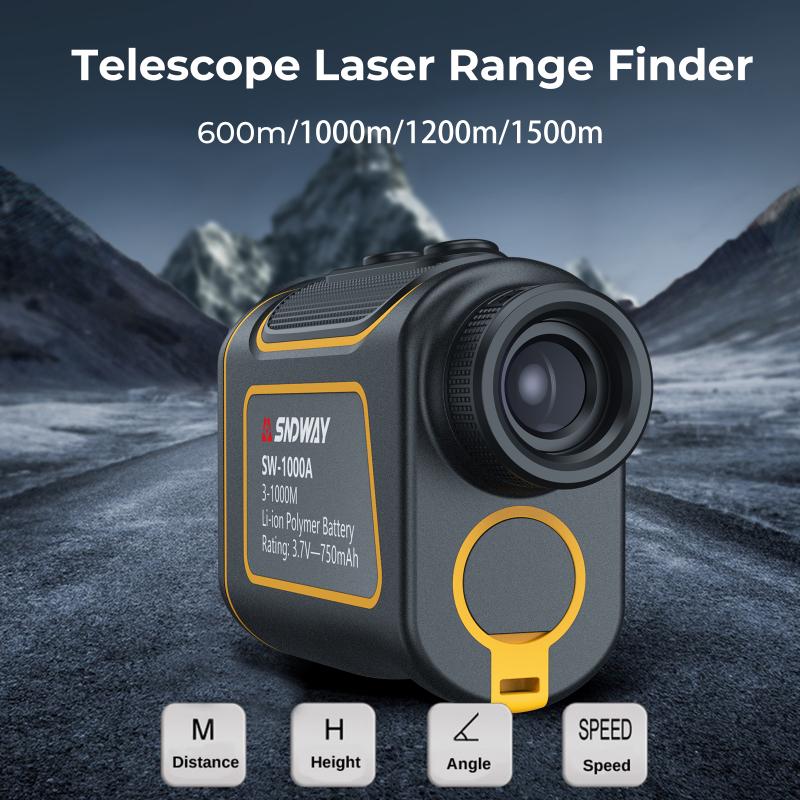
3、 Maximum Useful Magnification: Limited by factors like aperture size and atmospheric conditions.
The best zoom for a telescope depends on several factors, including the aperture size, the focal length, and the atmospheric conditions. However, it is important to note that zoom eyepieces are not always the best option for achieving high magnification.
One of the most important factors to consider when choosing a zoom eyepiece is the maximum useful magnification of the telescope. This is determined by the aperture size and the atmospheric conditions. The larger the aperture, the higher the maximum useful magnification. However, even with a large aperture, atmospheric conditions such as turbulence and light pollution can limit the maximum useful magnification.
Another factor to consider is the focal length of the telescope. A longer focal length will require a higher magnification eyepiece to achieve the same level of magnification as a shorter focal length telescope. Additionally, the quality of the eyepiece itself can affect the image quality and clarity at high magnifications.
While zoom eyepieces can be convenient for quickly adjusting magnification, they often sacrifice image quality for convenience. Many experienced astronomers prefer to use a set of fixed focal length eyepieces to achieve the best possible image quality at high magnifications.
In conclusion, the best zoom for a telescope depends on several factors, including the aperture size, focal length, and atmospheric conditions. However, it is important to remember that maximum useful magnification is limited by these factors, and that image quality should be prioritized over convenience when choosing an eyepiece.
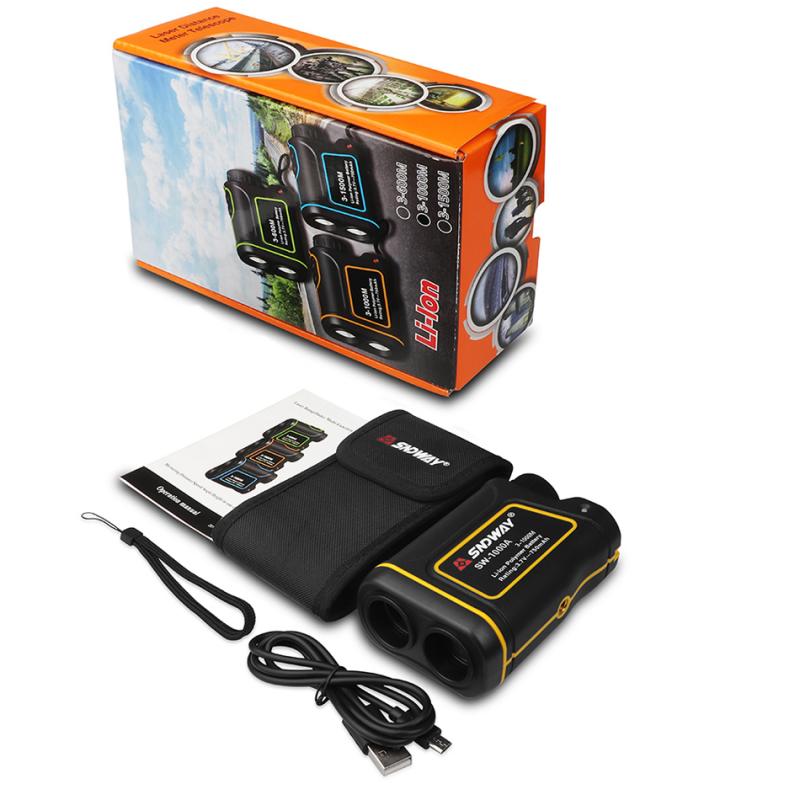
4、 Practical Magnification: Balanced magnification for clear and detailed observations.
What is the best zoom for a telescope? This is a common question among amateur astronomers and stargazers. The answer is not straightforward as it depends on various factors such as the aperture of the telescope, the atmospheric conditions, and the object being observed.
However, a practical magnification is a balanced magnification for clear and detailed observations. This means that the magnification should not be too high or too low. A good rule of thumb is to use a magnification of 50x to 60x per inch of aperture. For example, a 6-inch telescope should have a magnification of 300x to 360x.
Using too high of a magnification can result in a blurry and dim image, while using too low of a magnification can result in a lack of detail. It is also important to note that atmospheric conditions can affect the clarity of the image, so it is best to use a lower magnification on nights with poor seeing conditions.
In recent years, there has been a trend towards using lower magnifications for observing celestial objects. This is because lower magnifications provide a wider field of view, making it easier to locate objects and observe them for longer periods without having to constantly adjust the telescope.
In conclusion, the best zoom for a telescope is a practical magnification that provides a balanced view of the object being observed. It is important to consider the aperture of the telescope, atmospheric conditions, and personal preferences when choosing a magnification.
